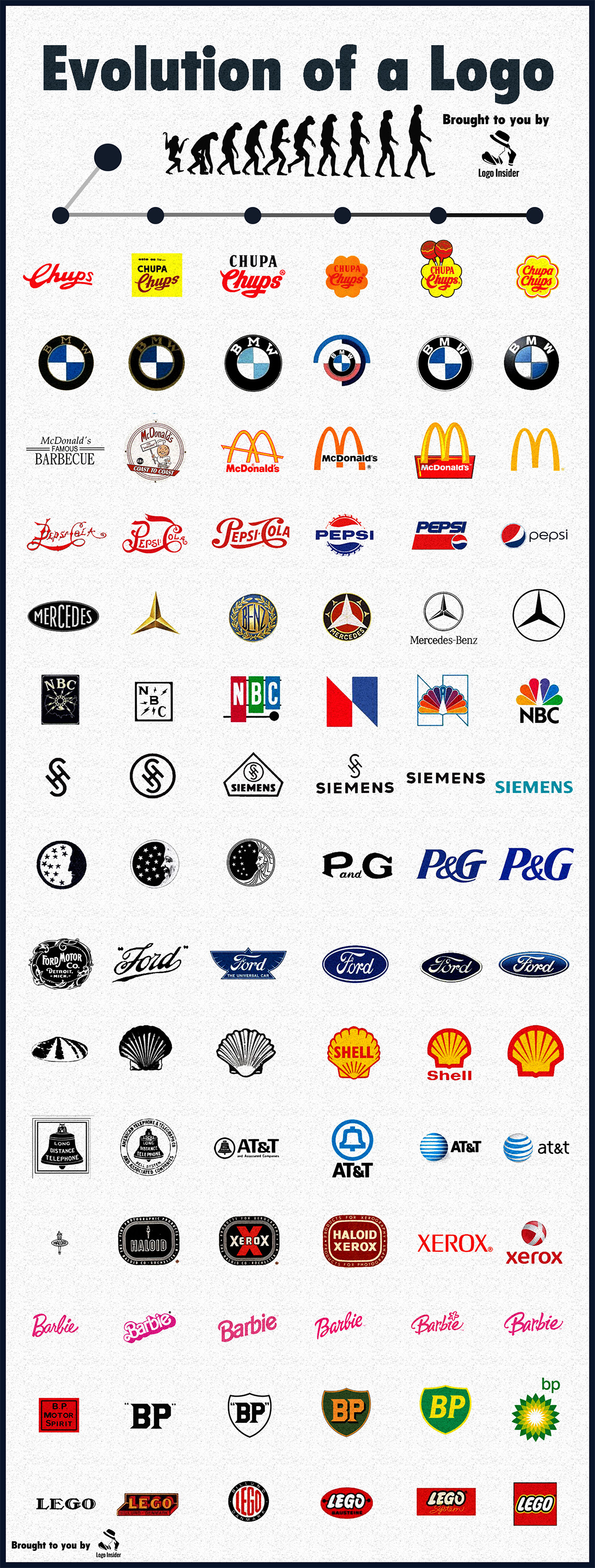Understanding AI’s Role in Our World
Artificial Intelligence (AI) is revolutionizing industries and reshaping how we interact with technology. The infographic, “The Spectrum of Artificial Intelligence,” provides a detailed look at the various categories and types of AI, highlighting their foundational technologies and practical applications. From machine learning algorithms to knowledge engineering, AI is becoming an integral part of our daily lives and the economy. Let’s explore this spectrum and uncover how AI operates, where it’s applied, and what it means for the future.
What is Artificial Intelligence?
Artificial Intelligence refers to the ability of computers and machines to mimic human intelligence, including reasoning, learning, pattern recognition, and decision-making. AI can be broken down into various categories based on its complexity and functionality, from narrow AI (task-specific systems) to the more ambitious concept of general AI, which would match or surpass human cognitive abilities across a broad range of activities.
Currently, most AI in use today falls under narrow AI, designed to perform specific tasks, such as processing language, predicting outcomes based on data, or recognizing images. To better understand how AI operates, the infographic categorizes AI technologies and applications across multiple contexts and foundational technologies, showing how they all work together to build intelligent systems.
Foundational Technologies of AI
AI is built upon a set of core technologies and disciplines that form the bedrock of its capabilities:
- Philosophy and Ethics: These fields establish frameworks for making AI systems operate within ethical guidelines, ensuring they make decisions aligned with societal values and norms.
- Mathematics and Logic: These foundational elements help AI systems develop algorithms, calculate probabilities, and draw logical inferences.
- Physics and Engineering: These are essential for creating the hardware and software architectures that support AI, from neural networks to robotics.
- Statistics and Data Analysis: These are critical for developing AI models that can make predictions based on historical data patterns, enabling everything from business forecasting to automated navigation.
These foundational technologies work together to support more complex systems and algorithms, enabling AI applications that operate in specialized domains such as healthcare, finance, and logistics.
Types of AI and Their Applications
AI technologies are varied, each designed to perform specific tasks. The infographic presents these types through use cases, providing insight into how AI functions across different contexts. Here’s a closer look at these types and their practical applications:
- Symbolic AI: This type of AI focuses on solving logical problems using rules and symbols, often seen in expert systems designed for specific domains like diagnostics or legal analysis.
- Machine Learning (ML): Algorithms that improve through experience. ML systems are integral in various industries, from finance to healthcare, allowing systems to detect patterns and make predictions based on historical data.
- Deep Learning (DL): A subset of machine learning involving neural networks with multiple layers, enabling systems to process vast amounts of data, such as image or voice recognition tasks.
- General Adversarial Networks (GANs): GANs involve two neural networks that learn by competing against each other, often used in creative AI applications like generating realistic images or simulating environments for gaming.
- Reinforcement Learning (RL): RL focuses on learning to complete tasks by trial and error, often used in autonomous vehicles and robotics.
AI Use Cases and Contexts
The infographic highlights several specific use cases where AI technologies are making a substantial impact. Let’s explore these areas and how they utilize different AI technologies:
- Finance – Tax Compliance
- AI systems distill tax laws into an understandable format, creating personalized decision systems that assist both individuals and corporations with filing taxes. By leveraging Machine Learning (ML) and Knowledge Engineering (KE), these platforms provide accurate, transparent, and automated tax solutions. Companies like TurboTax are already using AI to simplify tax filing processes and minimize errors.
- Healthcare – Ambient Charting
- In healthcare, AI uses voice-to-text processing to document doctor-patient interactions, automatically updating electronic medical records with recommendations or prescriptions. This reduces the administrative burden on healthcare providers and improves patient care accuracy. This application uses Speech Analysis (SA), Deep Learning (DL), and Natural Language Processing (NLP) to interpret and transcribe conversations into structured data.
- Tracking – Workplace Monitoring
- Embedded systems monitor employee movement, engagement, and performance, ensuring compliance and workplace efficiency. This involves Computer Sensing (CS) and Neural Networks (NN), which analyze physical and digital activities to maintain safety and productivity standards.
- Mobility and Transportation – Turn-by-Turn Navigation
- AI-driven systems provide precise navigation guidance and real-time updates based on traffic and environmental conditions. By using GANs and Machine Learning (ML), these systems continuously improve routing algorithms, offering the safest and fastest routes. Companies like Waze and Google Maps employ these technologies to enhance user experience.
- Social Media – Speech or Content Moderation
- AI identifies inappropriate or harmful content, ensuring safer online environments. These systems use Natural Language Processing (NLP) and Reinforcement Learning (RL) to detect hate speech, misinformation, and other forms of harmful communication, alerting human moderators or automatically removing content.
- Forecasting – Supply Chain Management
- AI systems optimize inventory management and logistics, using data from historical trends, real-time traffic, and weather patterns. Planning & Scheduling (P&S) and Expert Systems (ES) work together to predict supply needs and adjust the supply chain accordingly, reducing costs and improving efficiency.
The Impact of AI on Society and Future Development
The broad application of AI across various industries demonstrates its potential to transform the economy and society. However, the rapid integration of AI also presents challenges that must be addressed:
- Privacy and Security: As AI systems collect and analyze more data, ensuring privacy and secure handling of information becomes increasingly important. The security aspect, highlighted in the infographic, focuses on Encryption and Secure Hardware Design—both critical for safeguarding data and preventing breaches.
- Ethical Considerations: AI’s capacity to make autonomous decisions raises ethical questions, particularly in healthcare, law, and transportation. Developing frameworks and ethical guidelines for AI’s decision-making processes will be vital to align AI actions with human values.
- Human-AI Collaboration: As AI takes on more roles traditionally performed by humans, collaboration between AI and human workers will become the norm. Training programs and policies will be necessary to ensure that employees can work alongside AI systems effectively, enhancing productivity while maintaining job security.
The Future of AI: What Lies Ahead
The ongoing development and integration of AI technologies promise even more profound changes in the coming years. We can expect advancements such as:
- Adaptive AI Systems: AI that can self-learn and adapt in real-time based on new data and changing conditions, allowing for more responsive healthcare systems, personalized learning platforms, and dynamic logistics management.
- Explainable AI (XAI): As AI systems become more complex, understanding how they make decisions becomes critical. Research into XAI aims to create transparent algorithms that can explain their processes, improving trust and reliability.
- AI in Climate Change Mitigation: Using AI to model climate scenarios, optimize energy consumption, and develop sustainable technologies will become increasingly important in addressing global environmental challenges.
The infographic’s spectrum illustrates that AI is not just one technology but a suite of interconnected systems, each contributing to the broader impact of artificial intelligence on society. As these technologies advance, they hold the promise of solving complex problems and improving our quality of life, provided we approach their development and deployment with foresight and responsibility.








